Scrapbook: Quito, Ecuador
/The Ciudad de los Cielos (City of the Heavens) is the second highest capital in the world (9,350 feet) after Bolivia’s La Paz—and the one closest to the Equator. It has the biggest and best preserved Spanish colonial core in the Americas (built atop Inca ruins), earning it UNESCO’s first cultural world heritage designation in 1978. And improbably, it’s situated atop a fault, and surrounded by active volcanoes. Most visitors spend a night here on the way to the tortoises and boobies and wonders of the Galápagos Islands but they’re missing out. Quito and the surrounding area have their own wonders, from blindingly gilded colonial churches to a technicolor woven textiles to roses the circumference of small plates to a cuisine that pulls from myriad bounty of the Amazon, the Andes, and the Pacific Ocean. Luxe boutique hotels with historical roots, such as Illa Experience Hotel and Mama Cuchara are popping up, and the food scene is heating up with chefs such as Alejandro Chamorras of Nuema, who trained with Peru’s acclaimed Gastón Acurio. And of course there is the Equator, the line that divides the two halves of the world. All in all, it’s a magnetic and wonderfully compelling place and I’m lucky to have friends there.
This old house: The Hotel Mama Cuchara, in Quito’s historic core, is a vision, artistically melding old and new. From its rooftop, the views of the city are expansive. Muy hermosa! It’s late, but we’ll eat dinner here tomorrow. Ecuador.
Excellent day in Quito at the first annual conference for tourism and marketing. Gave the opening keynote on cultural trends, participated in a radio interview, practiced my Spanish, kept the altitude headache at bay, and made un montón de nuevos amigos.
A day for appreciating people who make things on a “Six Senses” tour of Quito with Latin Trails: Jose Luis Jimenez Arteaga, a master wood sculptor who helps restore old churches and makes inlaid boxes with secret drawers; Mayra Quishpe, a bee and honey evangelist who collects honey from hives around Ecuador; a server at Dulce Placer, one of Quito’s oldest heladerías (try the caca de perro—yes, that’s right—based on a favorite corn dish of Ecuadorians, it’s seriously good); a staffer at the Illa Experience Hotel does a tasting of coffee from around the country. Quito, Ecuador.
Chocolate powerhouse: Ecuador produces 60-plus percent of the cacao bean used for fine chocolate. In 2002, the founders of Pacari wondered why most of it was exported and set out to make the world’s best chocolate. Ten years later the company won the international chocolate world’s highest prize. Here, we learn how to make chocolate truffles.
The secrets that you keep: Jose Luis Jimenez Arteaga handcrafts these inlaid wooden boxes—no two the same—carrying on a medieval European method brought by the conquistadors in the 16th century, but making it uniquely Ecuadorian. Maravilloso! Six Senses tour with Latin Trails, Quito, Ecuador.
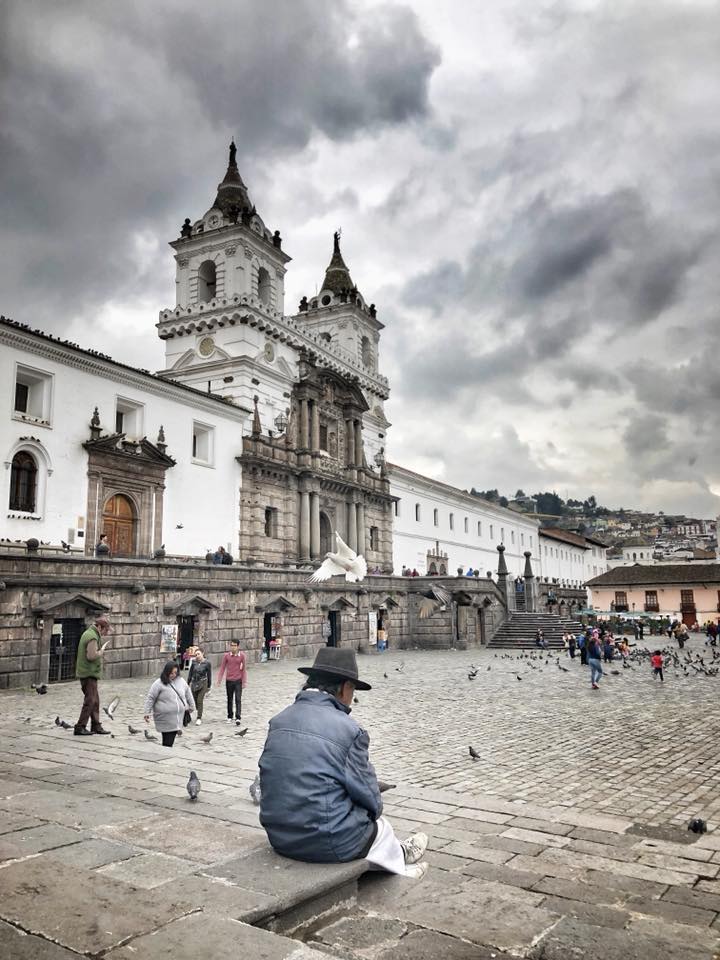
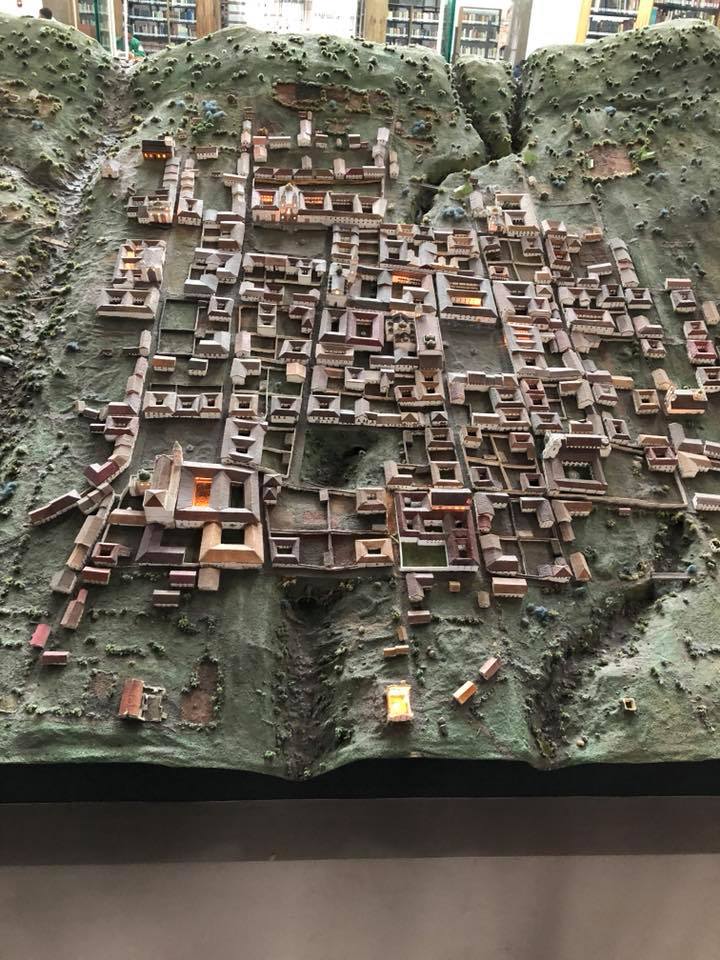
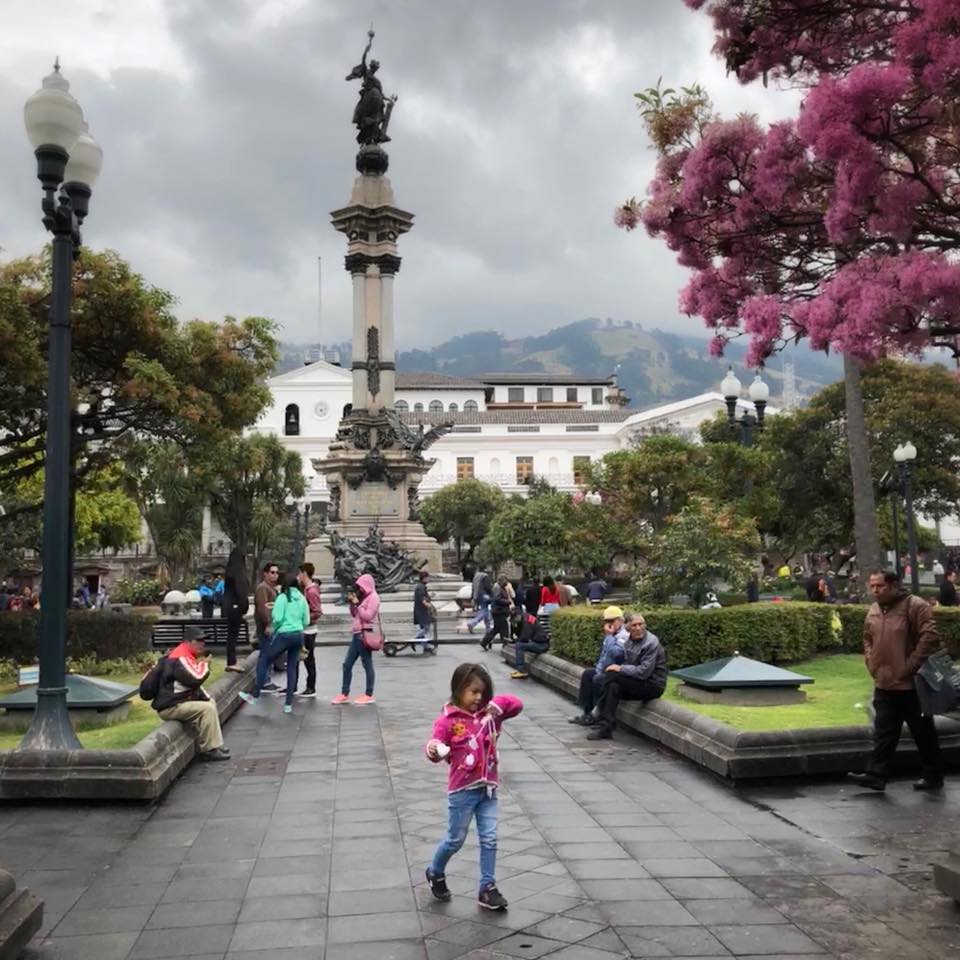

Ciudad de los Cielos: Quito is the second highest capital city (9,350 feet) in the world and the one closest to the Equator. It has the biggest and best preserved Spanish colonial core in the Americas, earning it UNESCO’s first cultural world heritage designation in 1978. This improbable city is built atop a fault, surrounded by active volcanoes (check out the diorama at the main public library). Colonial features include plazas, houses with balconies and an open-air courtyard, and churches galore. Ecuador.
Sweet dreams are made of this: Quito’s 10-room Illa Experience Hotel converted an old colonial house with contemporary elements and a focus on interactive experiences such as Cuenca-style hat weaving, watercolor painting, and coffee tasting. My favorite touches: a chef’s vegetable garden and an herb garden by the rooftop bar so guests can pick their own garnishes. San Marcos, Quito, Ecuador.
A walk in the woods: It took exactly an hour and nine minutes to get from downtown Quito’s Saturday morning traffic north to the Yanacocha reserve. The cloud forest is on the slopes of the active Pichincha volcano and at the edge of a misty, mossy wonderland of bromeliads and birds (and puma if we’re going to get technical, but casual visitors will almost never see one). It’s a favorite of local families for its accessibility and well-marked trails with interpretive signs. Ecuador.
North to Otavalo: Along the famous Pan-American Highway, stops include a view of Imbabura volcano; cherimoya, guava, and biscocho purchases; lunch at the Hacienda Pinsaqui; various craft demonstrations; and sidewalk peeks into town life. Ecuador.
So fun to spend time with someone you worked with virtually for almost a year but never actually met, and her lively sister. Who insist on whisking you away to a favorite spot to view the sunset and order for your benefit a trio of local hot drinks to ward off the Andean chill. What are they, you ask? In order of preference: canelazo (a mixture of naranjilla fruit juice and rum laced with cinnamon) chocolate caliente de la abuelita (hot chocolate with melted cheese—I know, weird, but it’s divine), and vino hervido (mulled wine). Plus, there were dogs! Gracias, chicas! Quito, Ecuador.

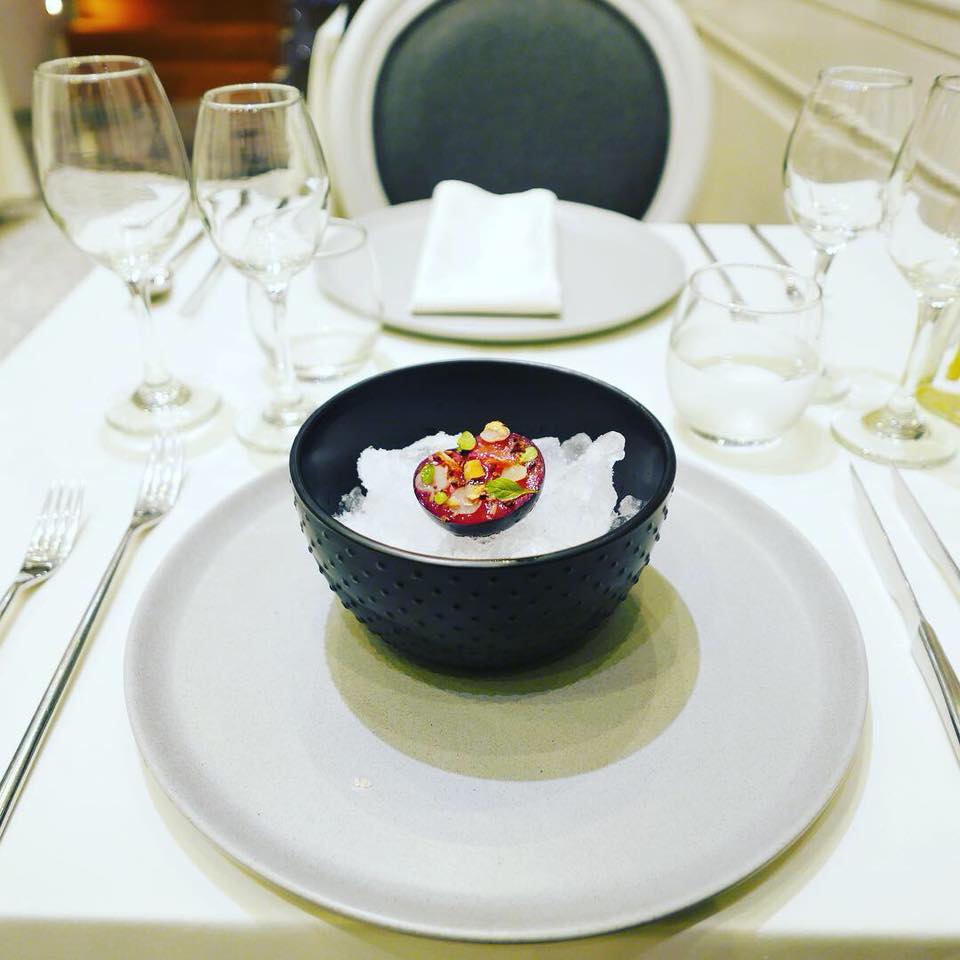

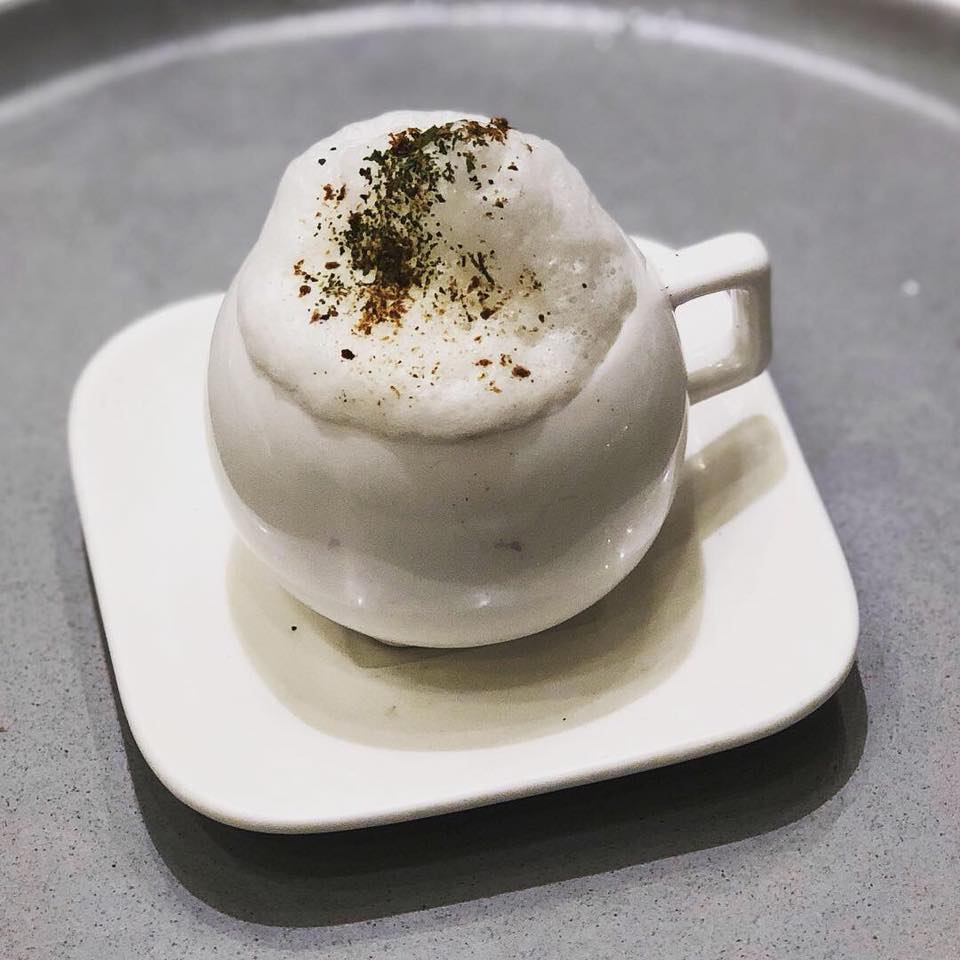
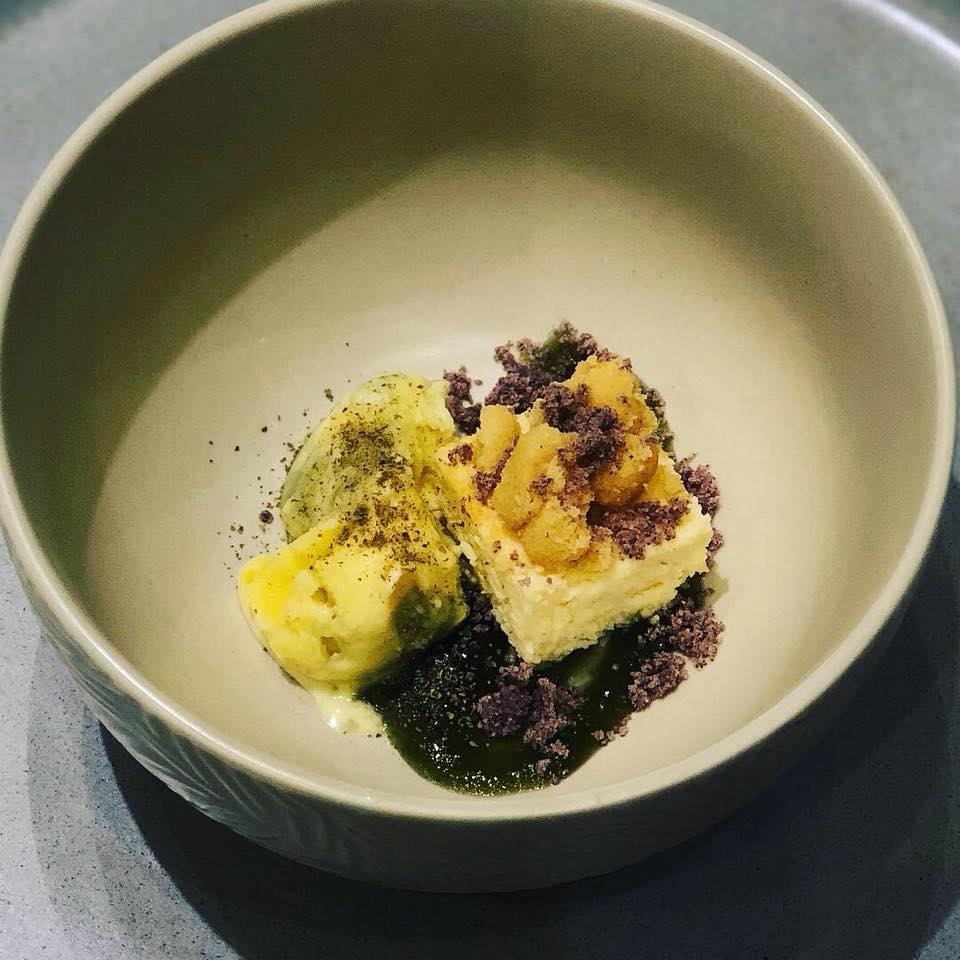
Dinner, elevated: There’s no menu at Nuema. Chef Alejandro Chamorras goes to the market for the freshest ingredients and creates a tasting menu for that evening’s guests (dietary restrictions are noted when you make your reservations). It’s a modern take on classic Ecuadorian ingredients and methods. Illa Experience Hotel, Quito, Ecuador.
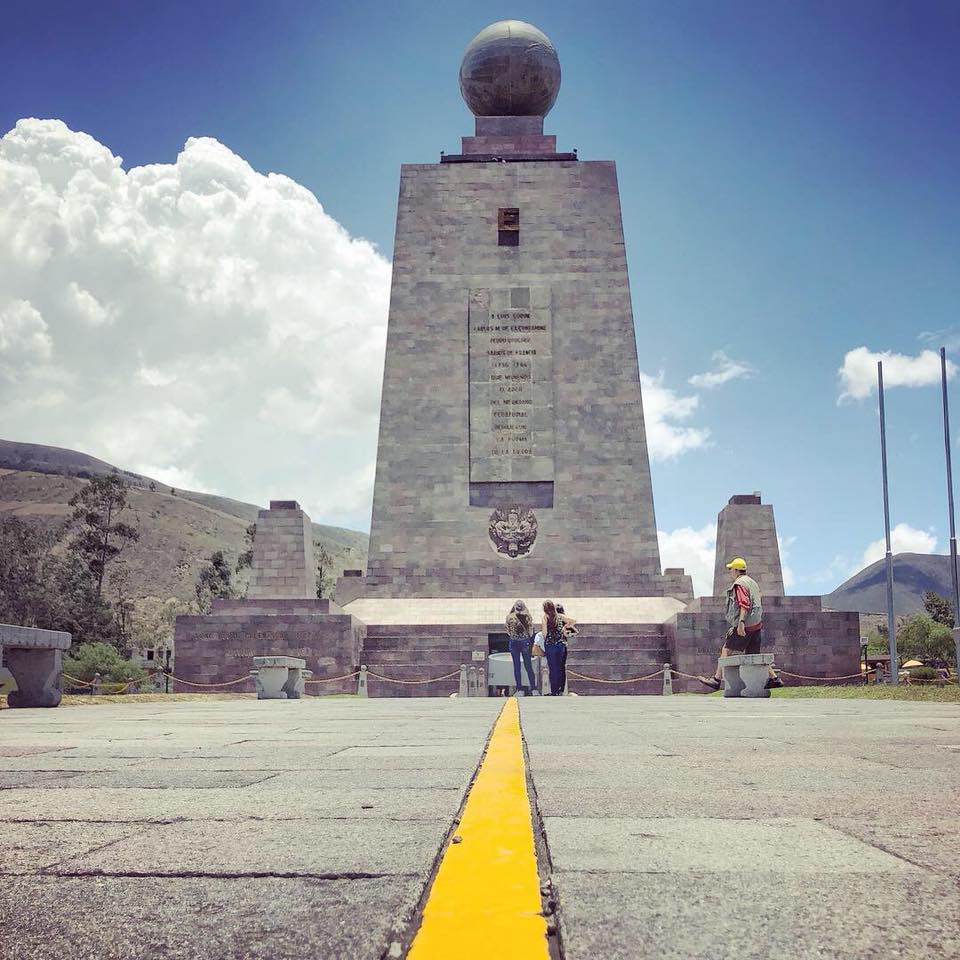
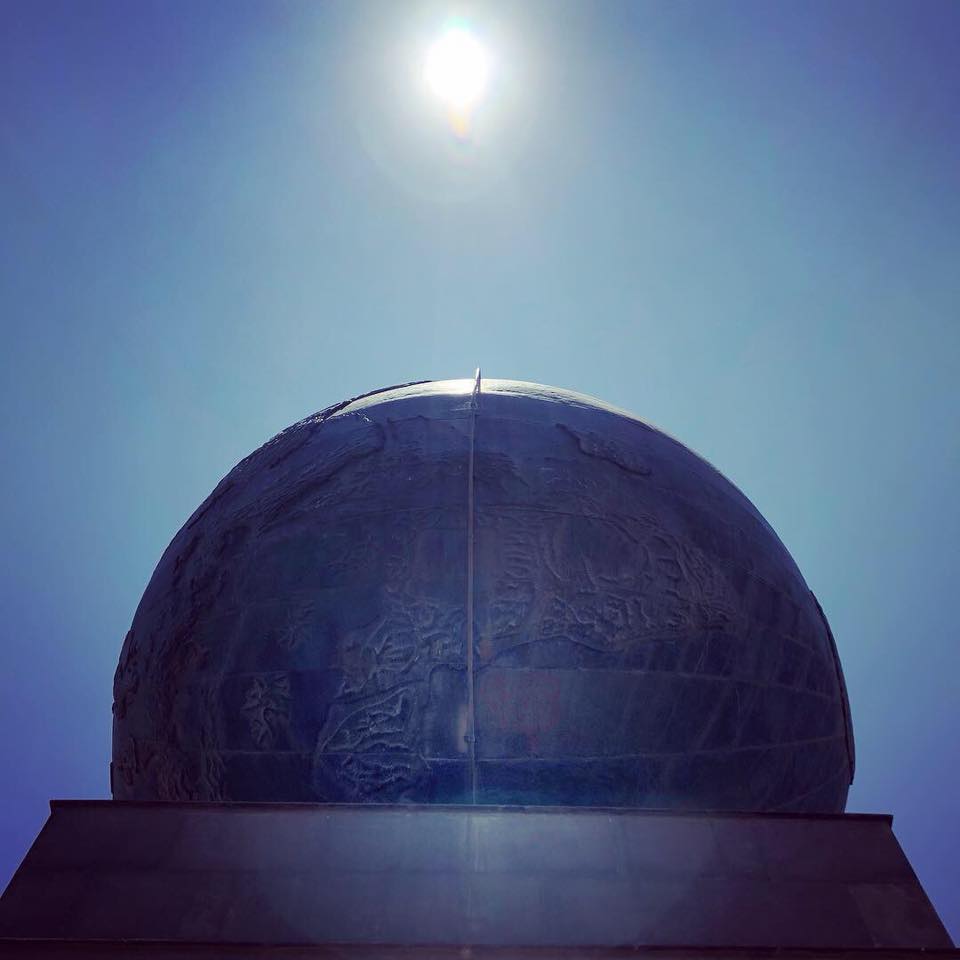
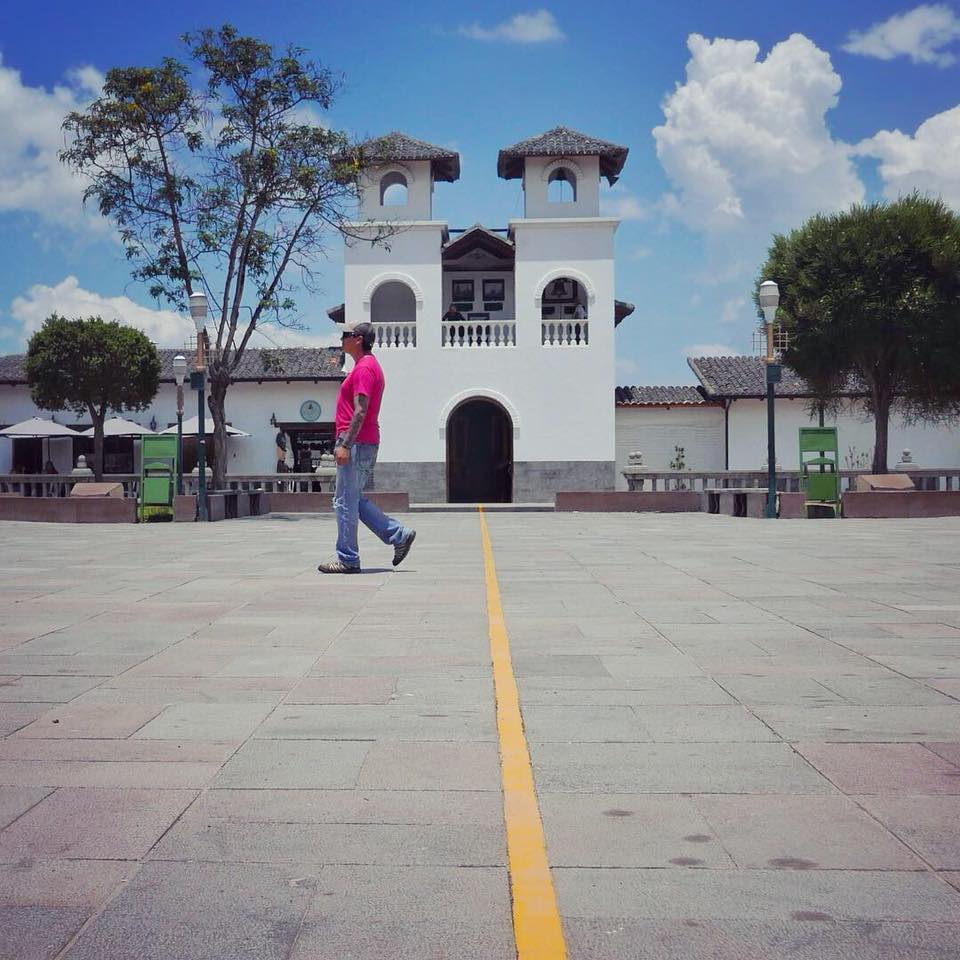
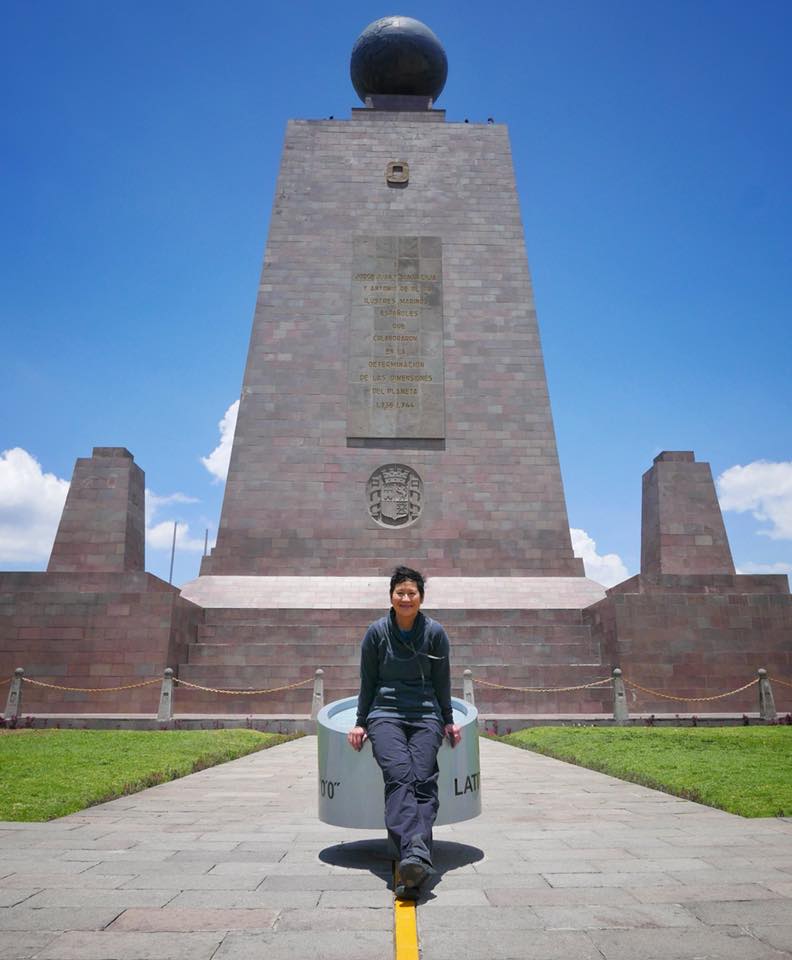
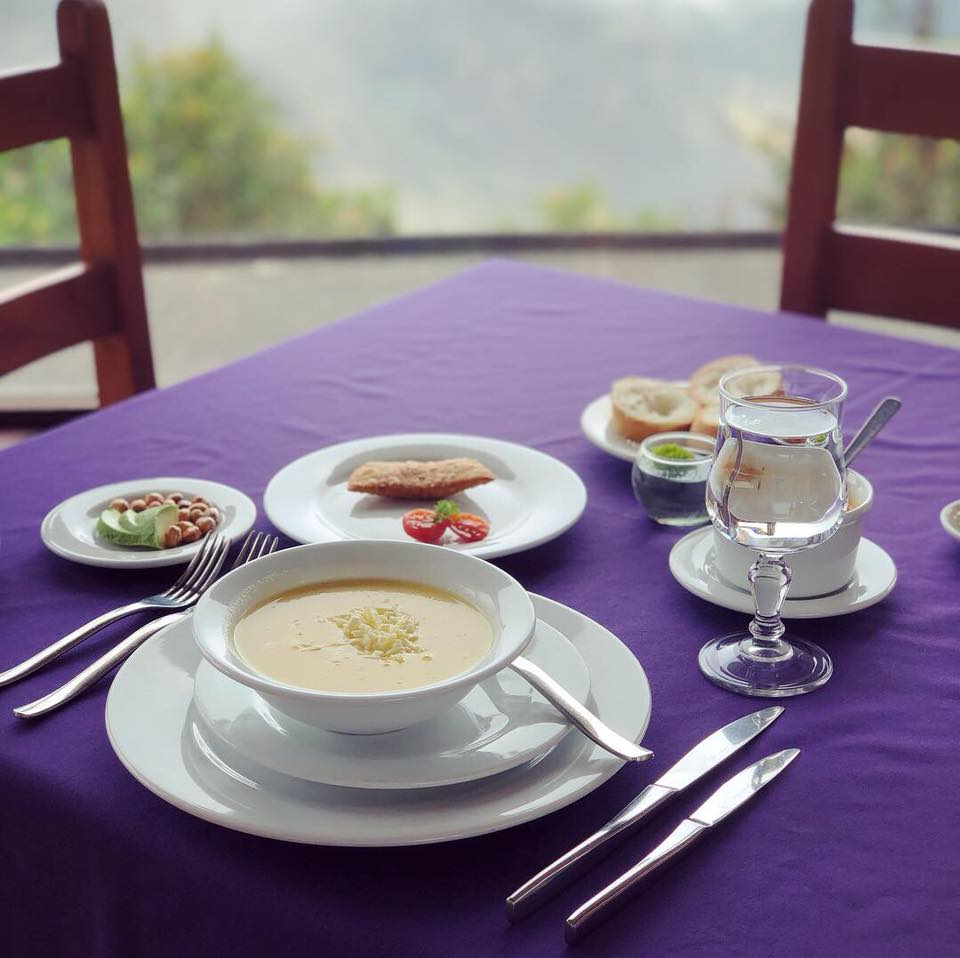
Meet me in the middle: When you’re this close to the Equator, the desire to toe that line between the two halves of the globe is overwhelming. We’re visiting two today, the line where an 18th-century European expedition determined using the instruments of the day and the line modern GPS technology determined centuries later, only 787 feet away. Surprisingly, the outdoor museum on the actual 0-degrees latitude is a tacky affair, with crowd-pleasing photo opps and passport stamps and pseudo-scientific experiments testing the Coriolis effect (so I’ve chosen not to include photos). The historical marker is a more dignified monument to the spirit of science and exploration. (And you can still take the obligatory photo and buy T-shirts and even get married in a chapel on the historical line) And as if your day isn’t cool enough, after straddling the Equator in Ecuador, why not enjoy a locro soup on the lip of the crater of a mega-volcano called Pululahua?
The colors of Quito (and surrounds).
It’s hard to quit Quito. The first inhabitants of this land believed it to be at the intersection of the four elements: fire, water, earth, and sky. I don’t know about any of that, but I do know that in this special place I’ve deepened connections with old friends and made many new ones. Muchísimas gracias especialmente a Patricio y Jenny, Juan, Marcel, y Melanie.
Photos © Norie Quintos.



























